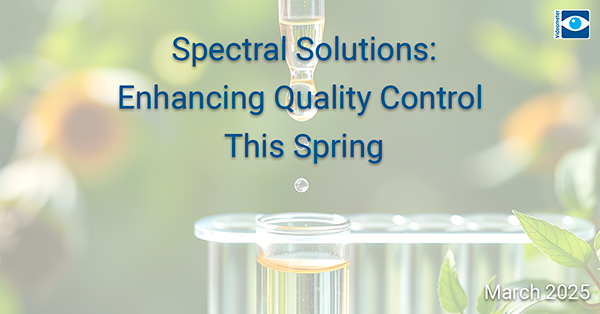
|
Highlights
|
Dear {Name},
Spring has landed at Videometer with great enthusiasm from our users, partners and colleagues. We’ve been dedicated to provide you with the best solutions for quality control of various products: from seeds and grains to pharmaceuticals. |

|
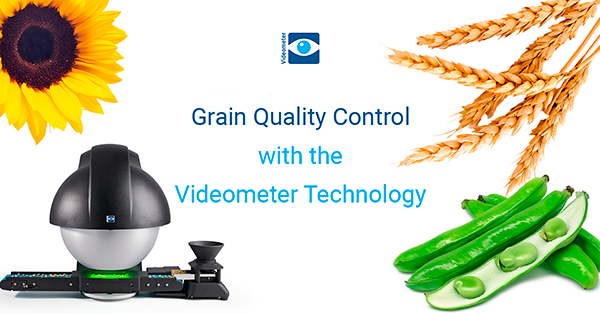
|
Quality Control with the Videometer Open Classification Models
Developed in cooperation with worldwide users, our Open Classification Models identify quality traits in granular product (seeds, grains, pellets, etc.) and classify them digitally. These mathematical models are continuously trained to adhere to quality standards, ensuring reliable and objective analysis of various grain features.
|

|
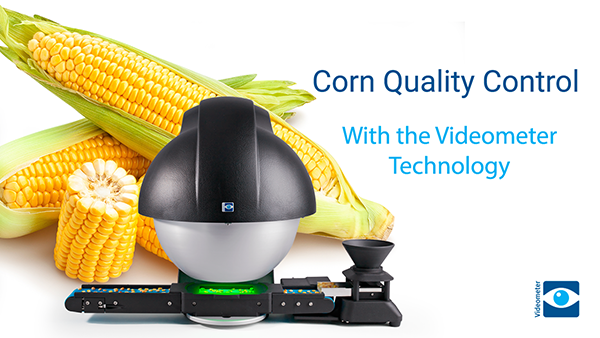
|
Enhancing Corn Inspection with the VideometerLab
The VideometerLab is revolutionizing corn quality control by offering high throughput multispectral analysis.
|

|
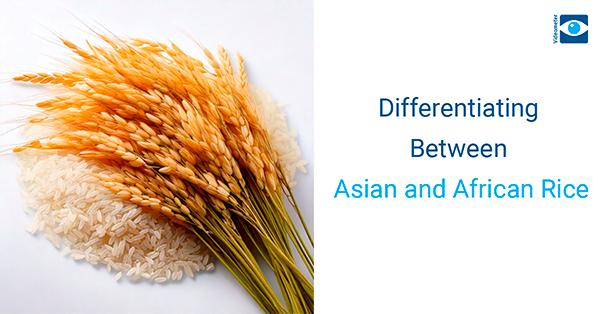
|
|
Differentiating Between Asian and African Rice
Among the VideometerLab users is the Rice Biodiversity Center for Africa (RBCA). The center aims at increasing biodiversity by managing rice genetic resources in Africa. The center raises awareness of the importance of ensuring food and nutrition security by safeguarding rice diversity.
If you're curious to learn all about Videometer's commodity grain applications, visit our website. |

|
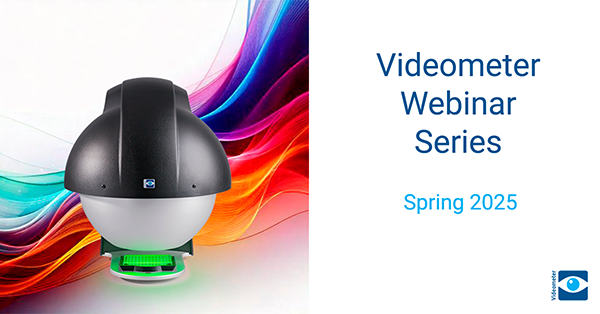
|
Videometer Webinars Spring 2025
We are thrilled to announce the return of the Videometer Webinar Series for the fourth consecutive year!
Sign up for the webinars here: Sign Up |

|
